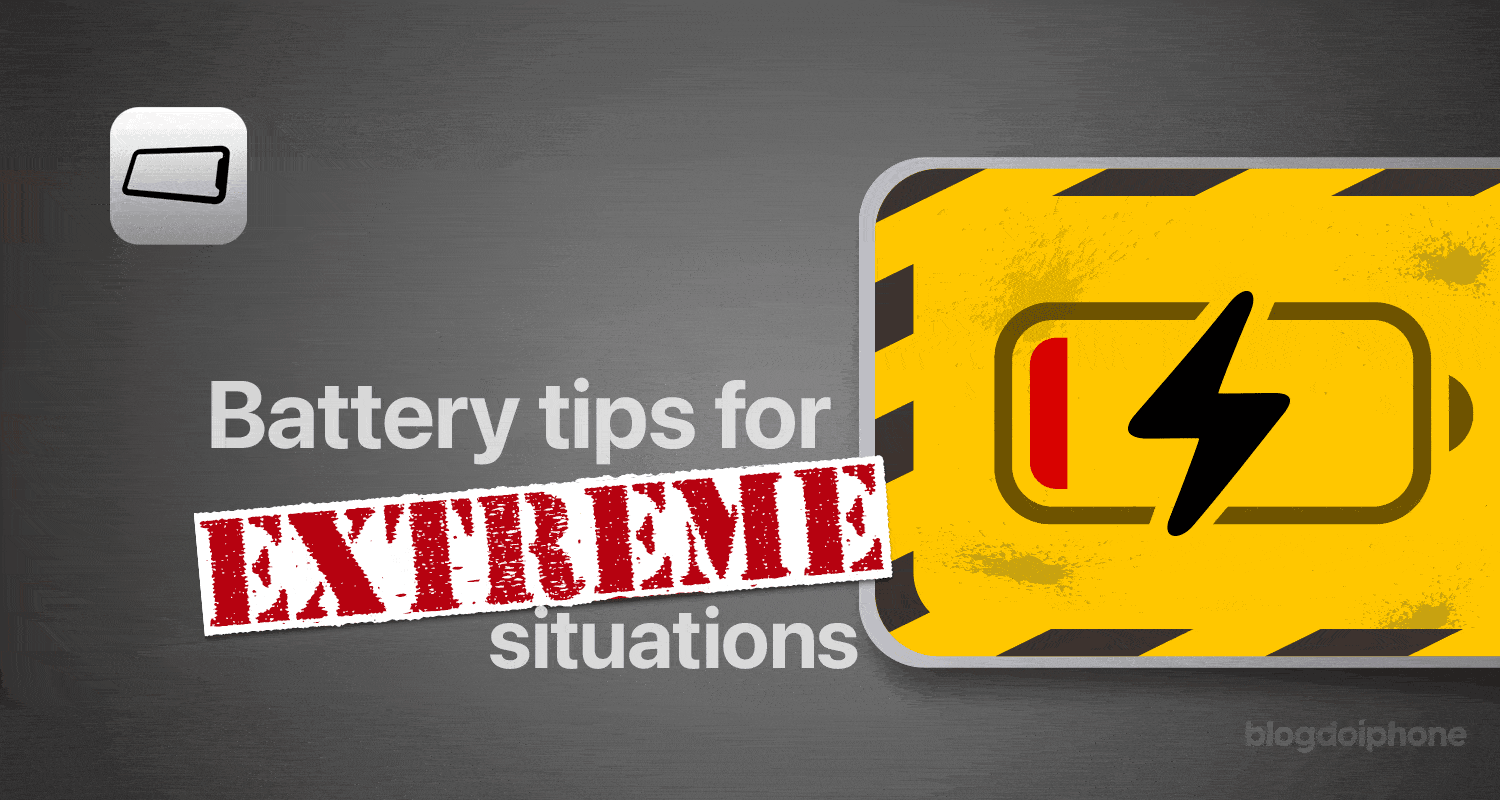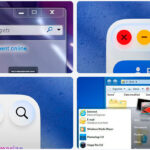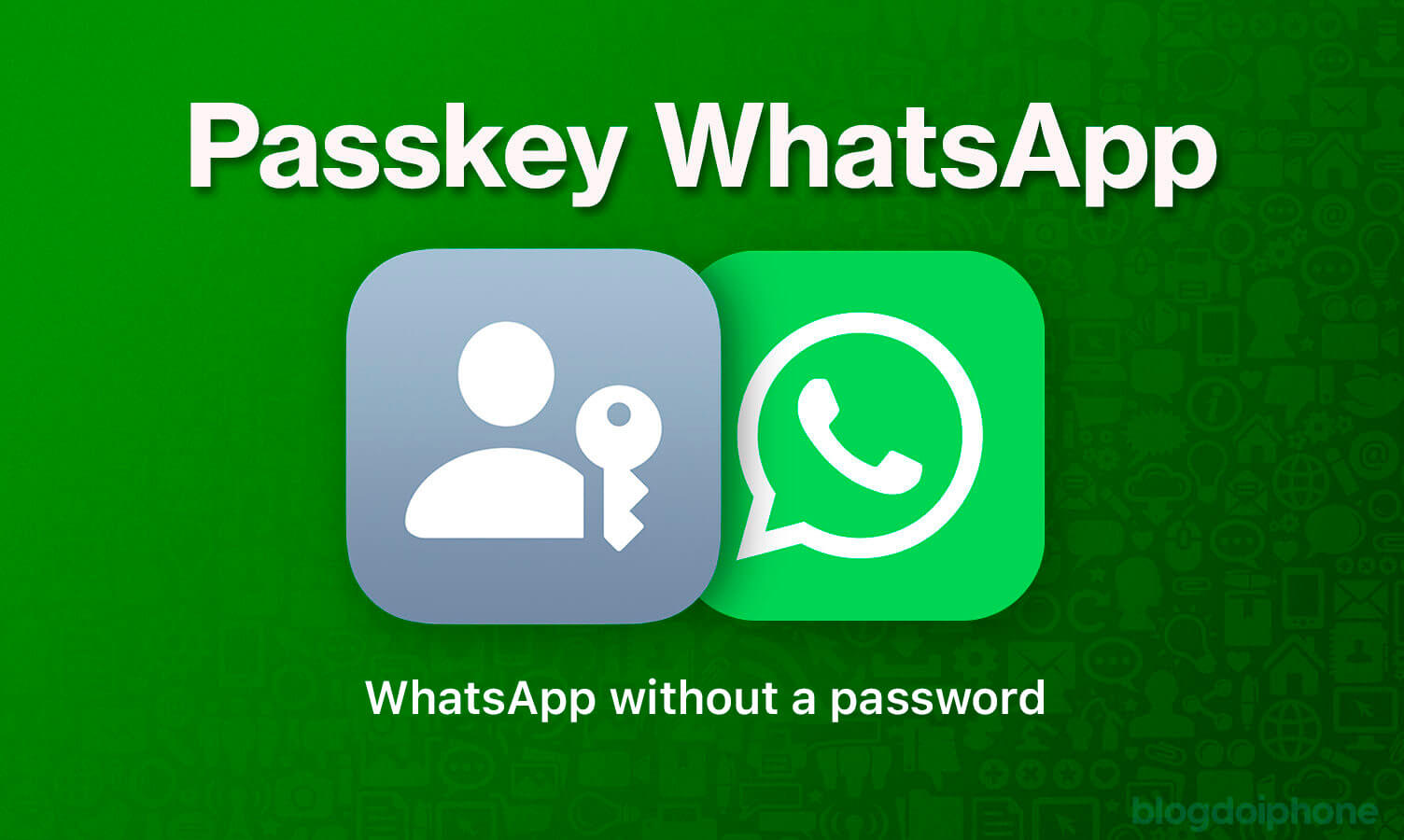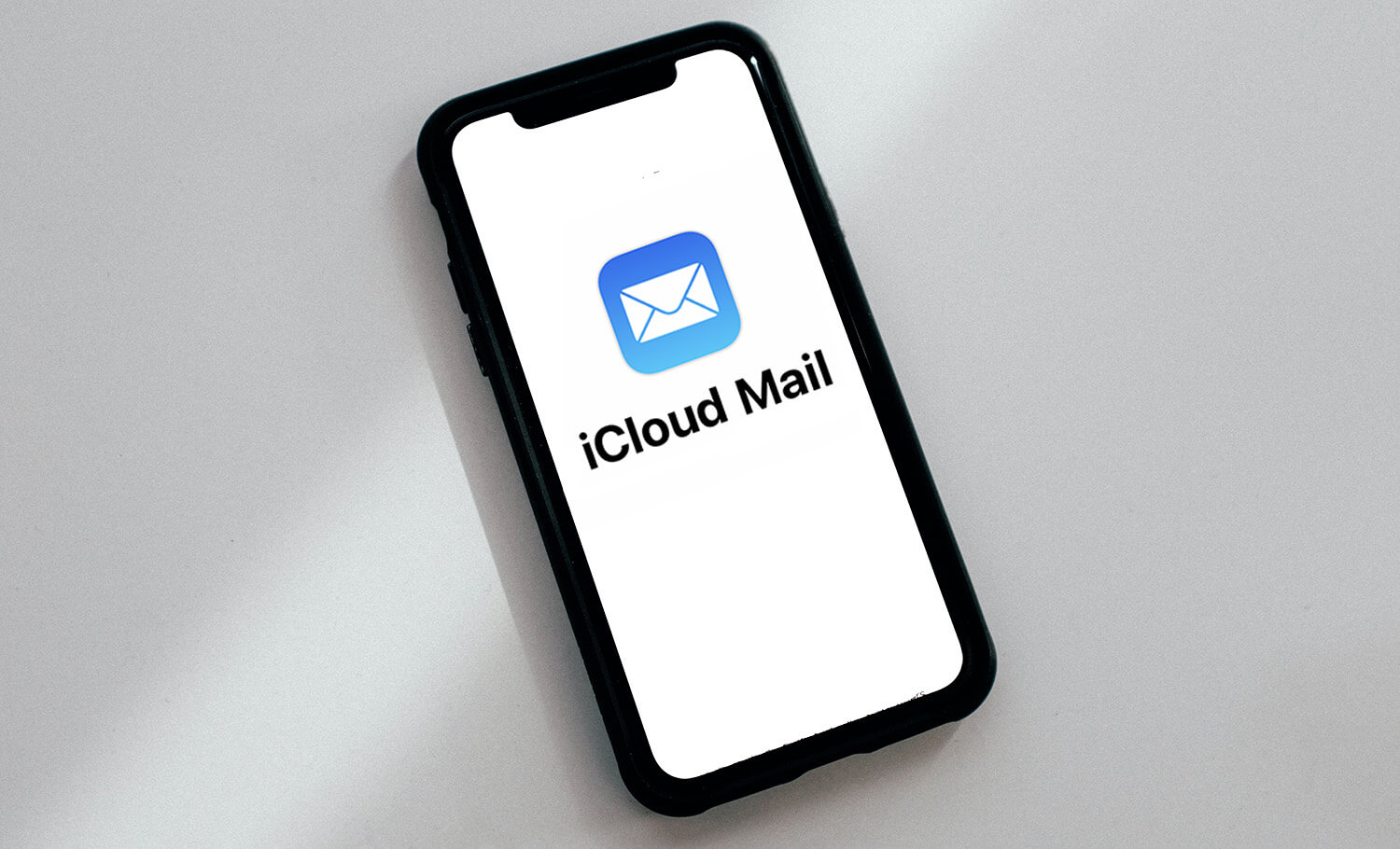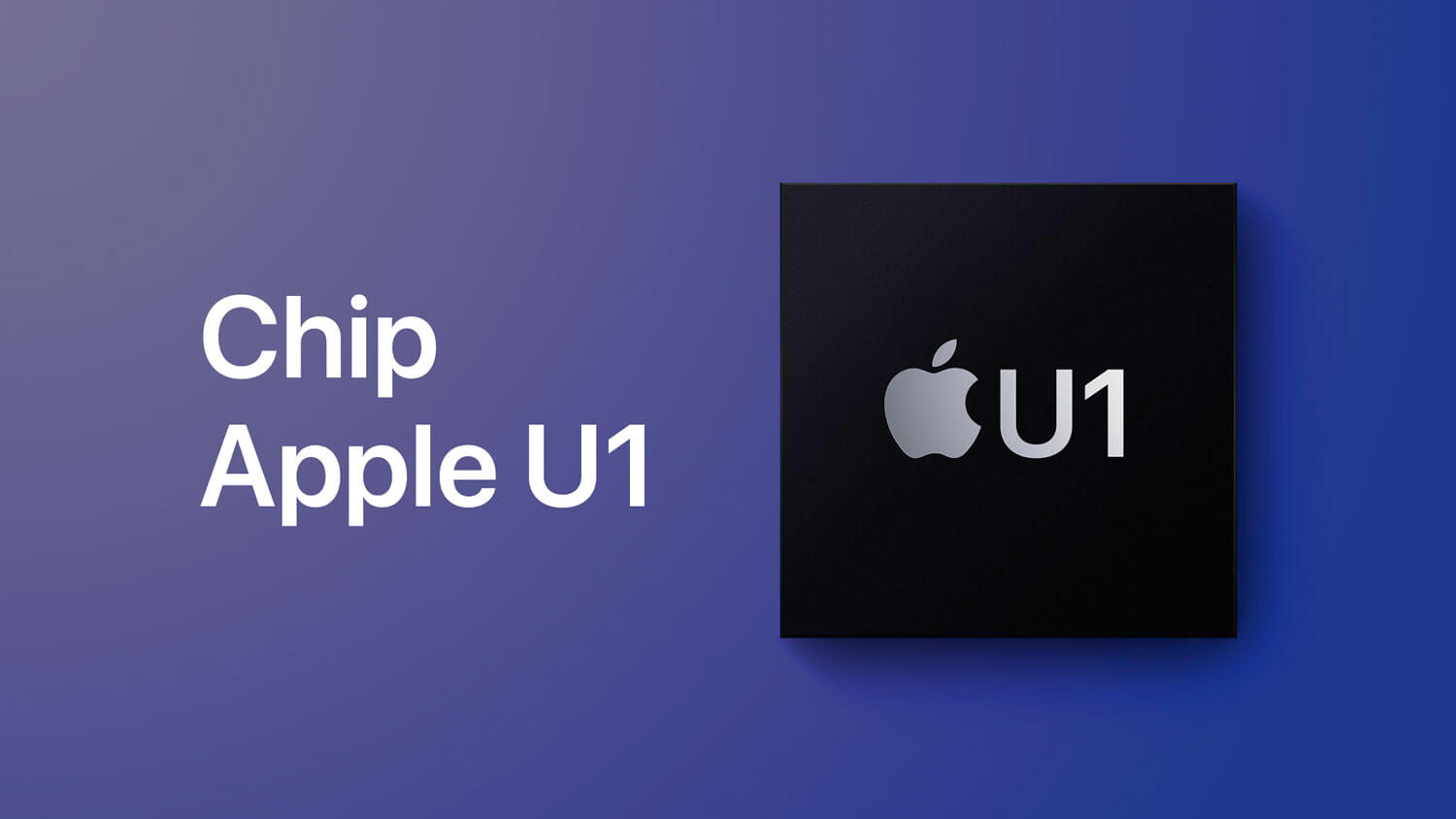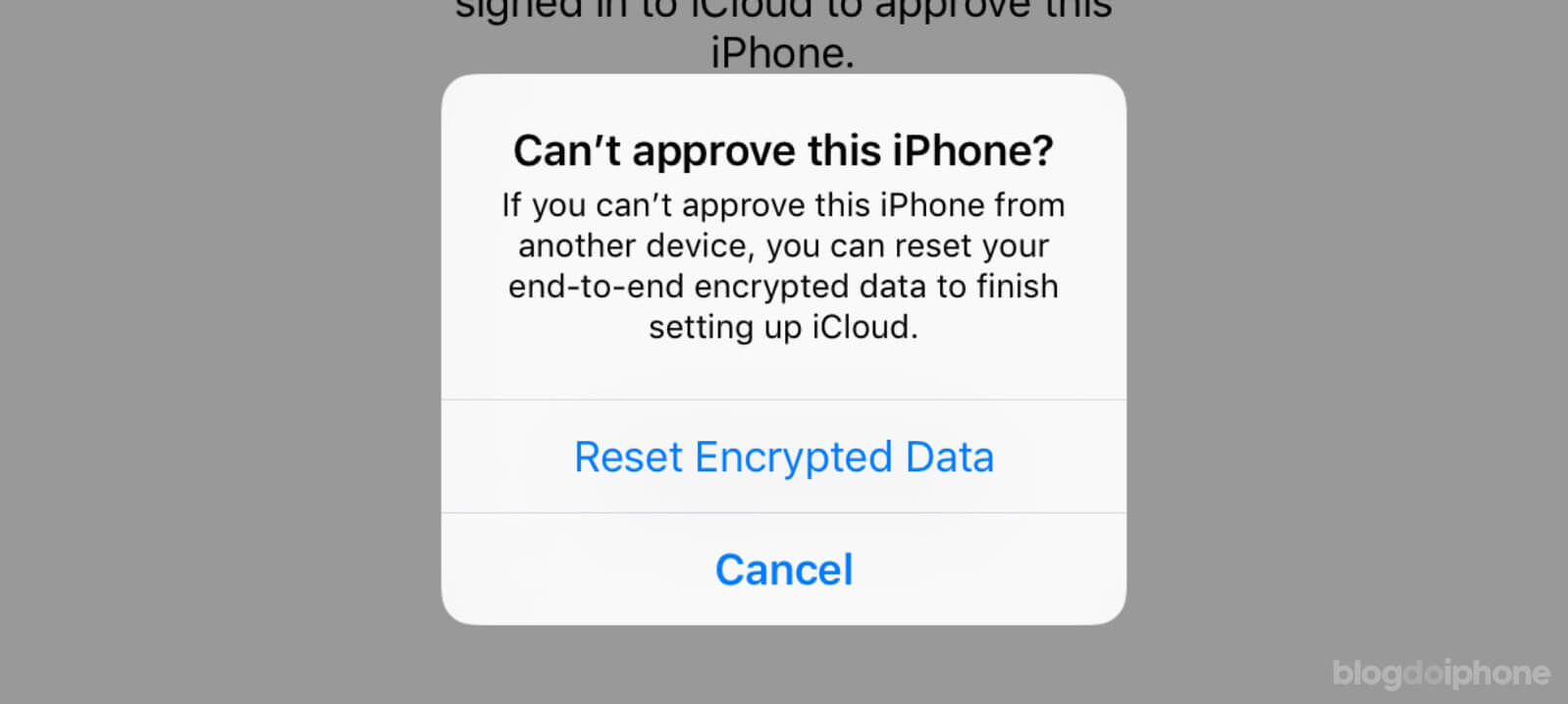See what you can do to save your iPhone’s battery in extreme situations where you can’t use a socket.
We have already shown here several tips for saving the iPhone’s battery on a daily basis.
However, there are specific situations where it is low on percentage and you don’t have a charger or it will take a while before you can connect the iPhone to the socket.
This is common on long trips or moments when you cannot leave a certain place.
➽ iPhone battery is draining too fast. What to do?
The ideal in cases like this is to minimize the energy consumption of your iPhone as much as possible, so that it remains “alive” for as long as possible.
After all, being without your phone at such a time can be quite complicated.
That is why we have put together a list of things you can do to save your iPhone’s battery in extreme situations.
It is important to know these tips, memorize them, or even save this article in your favorites for when you need it.
It is worth emphasizing that they are mainly recommended for extreme cases.
If you want to save your battery without giving up important functions, we have another article here at BDI with real battery tips for everyday use on the iPhone.
For emergency situations, you can drastically reduce your battery consumption by taking the following actions:
1. Use Low Power Mode
The first thing to do is to activate a feature provided by iOS itself, which generally reduces system consumption.
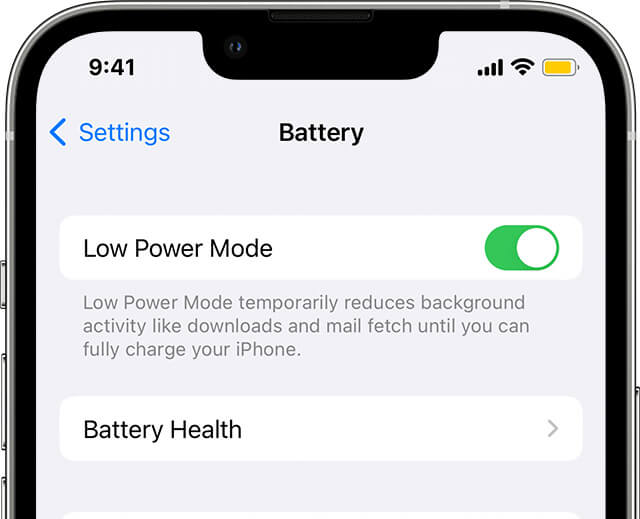
It is very practical, because it will turn off some functions that use a lot of battery at once. They are:
-
- Fetch Email
- “Hey Siri”
- Background App Refresh
- Automatic Downloads
- Some Visual Effects
- Auto-Lock (standardizes to 30 seconds)
- iCloud Photos (temporarily paused)
This will save you a lot of time, especially when you go back to normal use and have to re-enable the functions again.
2. Turn on Airplane Mode
Airplane mode turns off the main wireless connections of the device: cellular and Wi-Fi.
It does not turn off Bluetooth because the 4.0 and 5.0 standards make this connection really low power consumption.
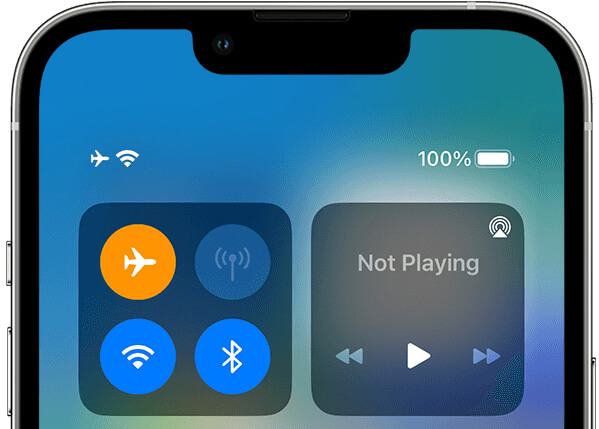
Note that even in Airplane mode, you can manually enable Wi-Fi if needed. But do it only when you need it.
3. Lower the screen brightness to the maximum
Lowering the brightness is a tip that is normally given to save battery. But in extreme cases, you should lower it as much as you can to spend less.
4. Turn off GPS
In extreme situations, it’s ideal to turn off all location services that use GPS.
If you don’t need any apps that use location in the situation you’re in, turn off everything in Settings > Privacy > Location Services > Off.
5. Don’t listen to music or watch videos
If you’re in an extreme situation, it’s not the time to be using your device to listen to music, podcasts, or watch videos.
All of this uses up a huge amount of energy, which is the last thing you need right now.
Also, avoid using apps as much as possible. Pokémon GO? No way!
6. Turn off vibration
The vibration of your phone is one of its most useful features because it can alert us when notifications arrive or someone calls, even if the device is on silent mode.
However, this uses up battery, and if you’re in an extreme situation, it’s best to save everything you can.
To turn off vibration, go to Settings > Sounds & Haptics and turn off the first two options.
7. Enable Dark Mode
If you have a recent iPhone with an OLED screen, using Dark Mode can help by transforming light backgrounds into black.
A recent test evaluated how much battery Dark Mode on iOS saves, and concluded that the reduction in consumption can reach up to 30% in everyday tasks.
You can quickly activate this in the Control Center shortcut.
8. Turn off the iPhone
This is undoubtedly the most radical of all the tips!
But the fact is: if you are at the limit of your battery, cannot recharge it in the next few hours, and need the device to work in an emergency, you can simply turn it off to avoid using up the little battery you have left, and only turn it on when you need it.
Of course, this does not apply in cases where you need to be contacted or access important information on the internet.
But if you believe that you will not use the device in the next few minutes, temporarily turning it off can help in extreme situations.
But this only works if you really won’t need it for a while. Because it will be useless if you keep turning it on and off several times during a short period of time, because restarting the device also consumes battery.
So, only use this tip if you have at least 5% remaining and if you really won’t need the iPhone in the next 20 minutes.
As mentioned at the beginning of this text, these tips are not meant to be used every day, as they take away the full functionality of your iPhone, and I believe you don’t want to stop using a phone you paid a lot of money for.
But, in times of extreme need, it is important for you to understand what consumes the battery and how to extend the device’s life when away from a power outlet. 😉
➽ Tips to improve your iPhone battery life in everyday use
➽ iPhone battery is draining too fast. What to do?

